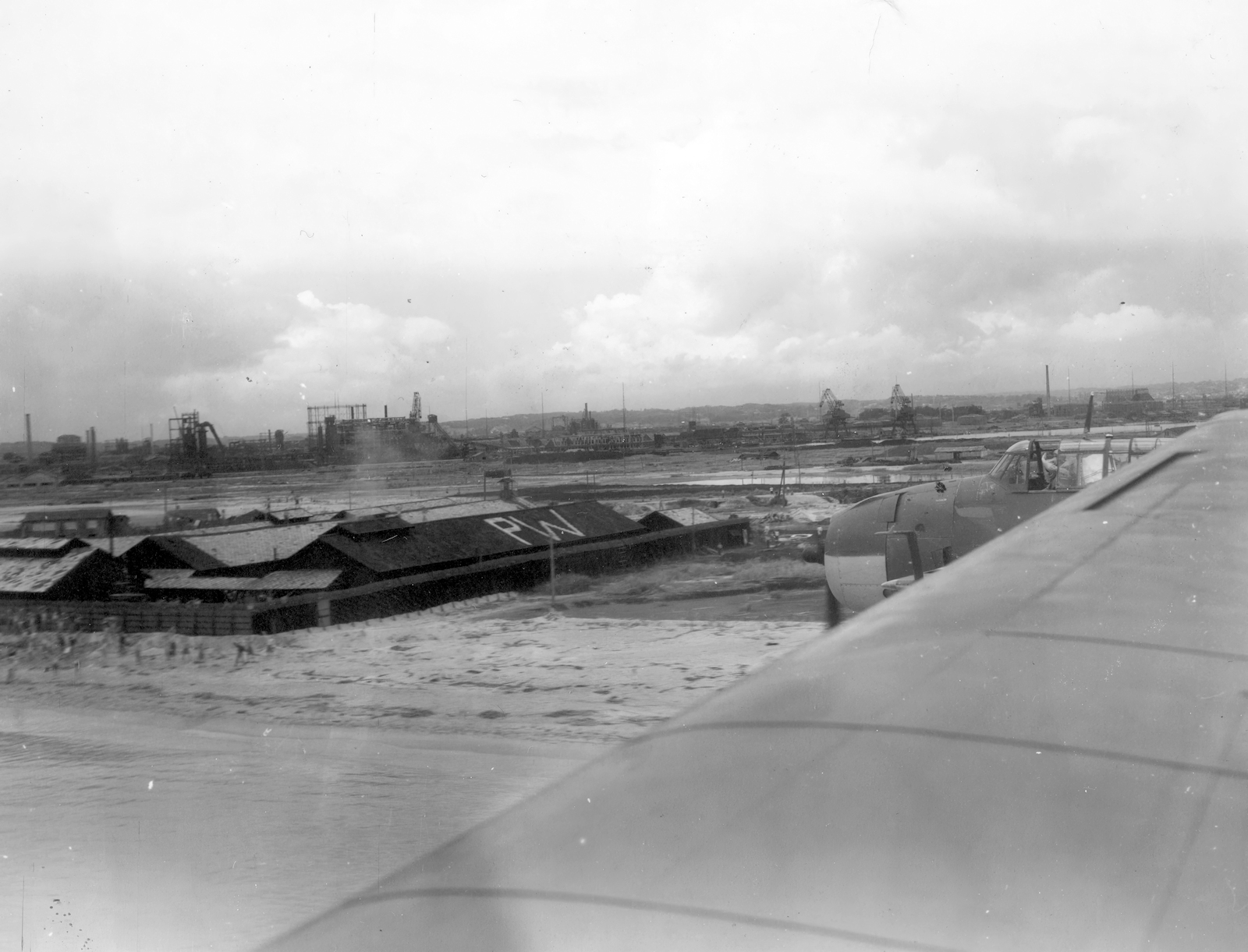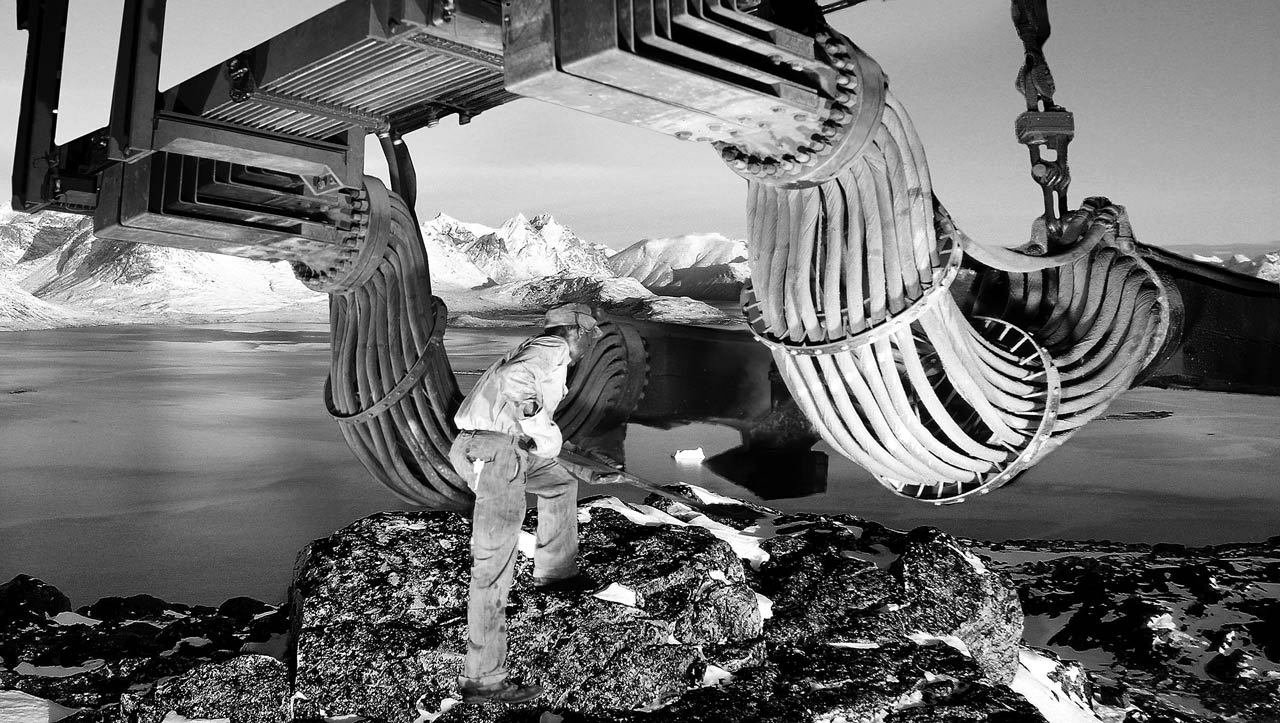Introduction: The Urgency of Fixing a Broken Wing on a Bird
![]()
Birds, with their graceful flight and delicate wings, captivate our imagination and play vital roles in our ecosystem. However, the vulnerability of birds to wing injuries cannot be understated. A broken wing poses a grave threat to a bird’s survival and ability to fulfill its essential functions.
Understanding how to fix a broken wing on a bird is crucial due to the deep-rooted connection between birds and their wings. Migration, hunting, and finding sustenance all rely on the bird’s wings. A broken wing disrupts this delicate balance, leaving birds immobile, isolated, and unable to fulfill their natural instincts.
Human intervention is essential in helping injured birds. By understanding the techniques and procedures necessary to fix a broken wing, we can provide critical aid to injured birds, contributing to their rehabilitation and release back into the wild. This not only gives them a second chance at life but also supports broader conservation efforts.
This comprehensive guide equips individuals with the knowledge and resources needed to address the urgent need of fixing a broken wing on a bird. By following the step-by-step instructions, readers can play a crucial role in saving and rehabilitating injured birds, restoring their ability to fly, hunt, and find sustenance.
Continue reading to discover the anatomy of a bird’s wing and the different approaches to mending a broken wing.
What You Need to Know

Understanding the anatomy of a bird’s wing is crucial when it comes to fixing a broken wing. The wing consists of several vital structures that enable flight and require careful consideration during the mending process.
Anatomy of a Bird’s Wing
A bird’s wing comprises the humerus, radius, and ulna, which correspond to the upper arm bone and the two forearm bones, respectively. These bones provide the framework for the wing’s structure. The wing also features specialized feathers essential for flight.
Flight feathers at the wing’s tips play a pivotal role in generating lift and propulsion. The wing also possesses smaller feathers called coverts, which streamline the wing’s shape and offer additional support during flight maneuvers.
Types of Fractures
When dealing with a broken wing, it is essential to understand the different types of fractures that birds can experience. Fractures can vary in severity and location, necessitating appropriate treatment approaches.
Complete fractures occur when the bone breaks into two or more pieces, while incomplete fractures happen when the bone cracks but remains partially intact. Understanding the cause and location of the fracture is crucial for determining the most appropriate course of action.
Mending a Broken Wing

Fixing a broken wing involves different approaches depending on the severity and location of the fracture.
Simple fractures may require rest and immobilization for the bird’s natural healing process to take place. However, more complex fractures often necessitate veterinary intervention. Techniques such as splints, pins, or external fixators may be employed to realign and stabilize the broken bones.
During the mending process, trimming or temporary removal of feathers in the affected area may be necessary to facilitate proper access to the fracture site and ensure a secure fixation.
Understanding the anatomy of a bird’s wing, the types of fractures, and the various methods for mending a broken wing is crucial when faced with this challenging task. By being equipped with this knowledge, individuals can make informed decisions and take the appropriate steps to help alleviate the bird’s suffering and aid in its recovery.
Things to Consider Before Taking Action

Fixing a broken bird’s wing requires specialized knowledge and expertise. Here are key considerations to keep in mind:
- Expertise and Training
Fixing a bird’s broken wing requires specialized training. Seek help from avian veterinarians and wildlife rehabilitators who have the necessary knowledge and experience.
- Risk of Injury
Improper handling can cause additional injuries or stress. Professionals know how to handle birds safely and minimize the risk of harm.
- Legal Considerations
Ensure you have the appropriate permits or licenses to keep or treat wild birds. Respect wildlife regulations and work within the framework established by local authorities.
- Proper Resources and Facilities
Avian clinics or wildlife rehabilitation centers have the necessary equipment and trained personnel to provide optimal care for the bird.
- Stress and Rehabilitation
Birds with broken wings require a calm environment to heal properly. Provide a suitable rehabilitation setting away from stressors.
- Professional Help
Seek professional help from avian veterinarians and wildlife rehabilitators. They can accurately diagnose the injury, devise appropriate treatment plans, and ensure the bird’s welfare.
Remember, prioritize the bird’s well-being and seek professional help for the best chance of recovery.
Basic Steps to Fixing a Broken Wing

Here is a step-by-step guide to help you through the process:
Assessing the Injury
![]()
-
Observe from a distance: Look for signs of a broken wing, such as an awkward angle, inability to fly, or visible fractures.
-
Capture the bird: Approach the bird cautiously and capture it using a towel or cloth to minimize stress.
-
Examine the wing: Carefully examine the wing for open wounds, bleeding, or obvious deformities.
Obtaining Necessary Supplies
- Gather essential supplies: Collect clean towels, a small towel or cloth for restraint, scissors or a sharp knife, sterile saline solution or clean water, soft padding material, adhesive bandages or self-adhesive wrap, splinting material, medical tape or elastic bandage, and an appropriate-sized box or cage.
Setting the Wing in the Proper Position
-
Stabilize the bird: Place the bird in a secure and comfortable position with proper support.
-
Clean the wound: Gently clean any open wounds with sterile saline solution or clean water.
-
Apply soft padding: Provide support and cushioning with soft padding material.
-
Align the wing: Slowly and gently align the broken wing into its natural position.
-
Splint the wing: Immobilize the wing by applying splinting material along its length.
-
Secure with bandages: Wrap the wing with adhesive bandages or self-adhesive wrap for additional support.
Remember, these steps are a general guide. Seek professional help for proper diagnosis and treatment. Prioritize the bird’s well-being throughout the process.
Aftercare
![]()
Proper aftercare is crucial for facilitating the healing process and ensuring the well-being of a bird with a broken wing. This section will discuss essential aspects of aftercare, including wound treatment, the use of splints and bandaging, rest and immobilization, and ensuring a healthy diet.
Wound Treatment
To promote healing and prevent infection, carefully clean the bird’s wound with a mild antiseptic or saline solution. Apply antibiotic ointment and cover the wound with a sterile dressing or gauze pad. Regularly monitor the wound for signs of infection and consult a veterinarian if necessary.
Splints and Bandaging
![]()
Use lightweight and sturdy materials like popsicle sticks or tongue depressors to create a splint. Align the wing as close to its natural position as possible before securing the splint with medical tape or vet wrap. Employ bandaging with non-stick pads or soft padding to provide additional protection.
Rest and Immobilization
Create a quiet and stress-free environment for the bird, limiting its physical activity and encouraging rest on a soft and comfortable surface.
Ensuring a Healthy Diet
Consult a veterinarian or avian specialist to determine the appropriate diet for the bird species. Provide a balanced diet of fresh fruits, vegetables, high-quality seeds, and appropriate supplements to support the bird’s immune system and overall health.
Conclusion
![]()

Proper aftercare significantly enhances the bird’s chances of recovery. Seeking professional help throughout the aftercare process is crucial. By following these guidelines, you can contribute to the bird’s rehabilitation and help it regain its ability to fly and thrive once again.
Conclusion
Understanding how to fix a bird’s broken wing requires careful consideration and professional assistance. Seek professional help to avoid further harm and ensure proper treatment. Improper handling or treatment can result in permanent damage or even the death of the bird. Support local wildlife rehabilitation efforts to contribute to the well-being and eventual release of injured birds. Spread awareness about the importance of seeking professional help and consider volunteering or donating to support these efforts. Together, we can make a positive impact and help mend the broken wings of our feathered companions.
Frequently Asked Questions
Frequently Asked Questions
1. How long does it take for a bird’s broken wing to heal?
![]()
The healing time for a bird’s broken wing can vary depending on the severity of the fracture and the bird’s species. Simple fractures may take several weeks to heal, while more complex fractures may require several months. It is important to consult a veterinarian or avian specialist for an accurate assessment and to determine the expected healing time for the specific bird.
2. Can I fix a bird’s broken wing at home?
![]()
Fixing a bird’s broken wing should be done under the guidance of a professional, such as an avian veterinarian or wildlife rehabilitator. It requires specialized knowledge, expertise, and proper equipment. Attempting to fix a broken wing at home without the necessary training and resources can result in further injury to the bird.
3. What should I do if I find a bird with a broken wing?
If you find a bird with a broken wing, it is essential to contact a local wildlife rehabilitation center or avian veterinarian as soon as possible. They will provide instructions on how to safely capture and transport the bird for professional care. Avoid attempting to fix the wing yourself unless you have the appropriate training and expertise.
4. Can a bird fly again after breaking its wing?

With proper treatment and care, many birds can regain their ability to fly after breaking a wing. However, the outcome depends on various factors, including the severity of the injury, the bird’s species, and the effectiveness of the treatment. Seeking professional help from avian experts maximizes the chances of successful rehabilitation and release back into the wild.
5. How can I support injured birds with broken wings?
There are several ways to support injured birds with broken wings. Firstly, contact local wildlife rehabilitation centers or avian veterinarians to report the injured bird and seek professional assistance. You can also volunteer or donate to these organizations to support their efforts in rehabilitating injured birds. Additionally

Leave a Reply